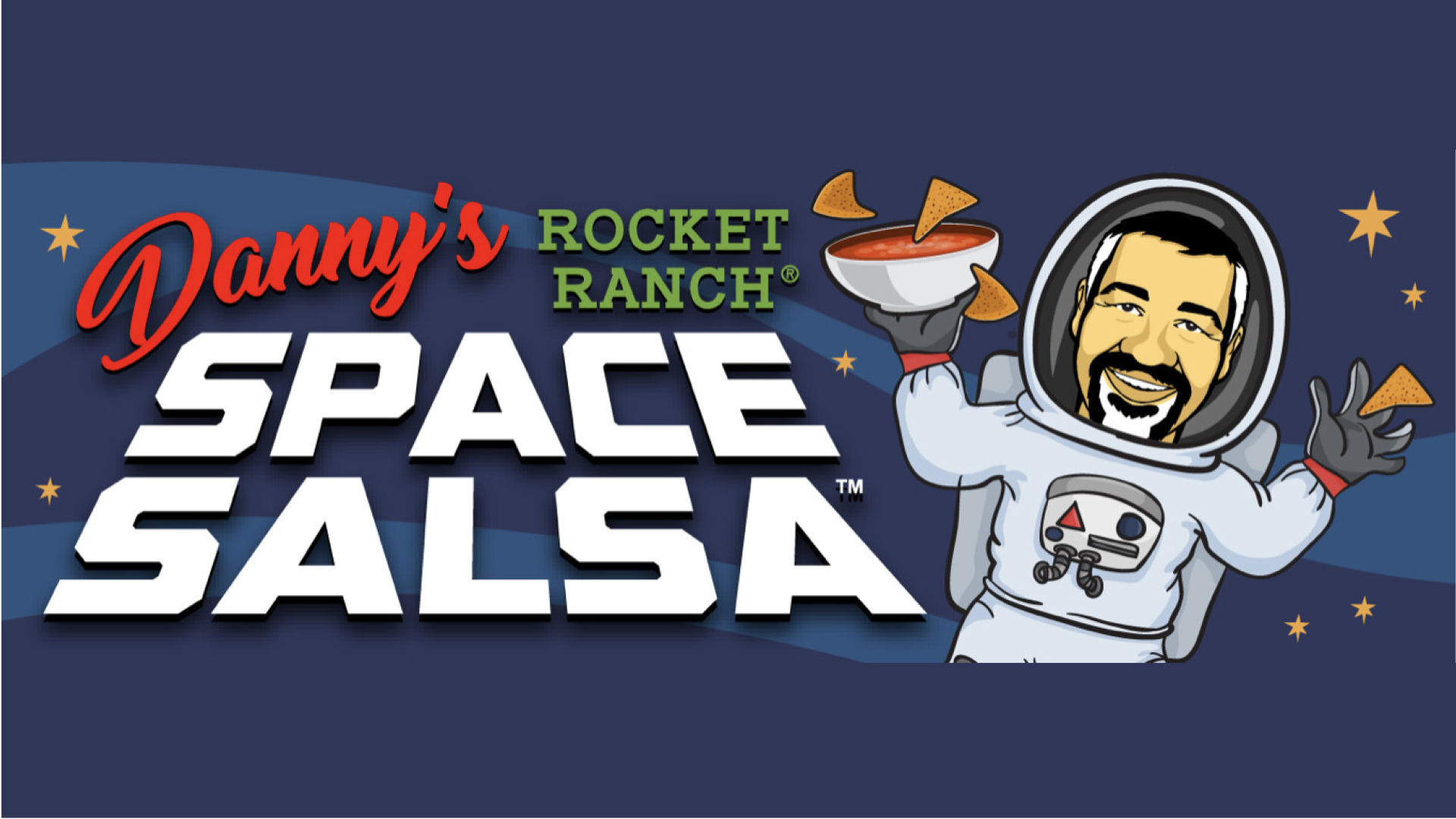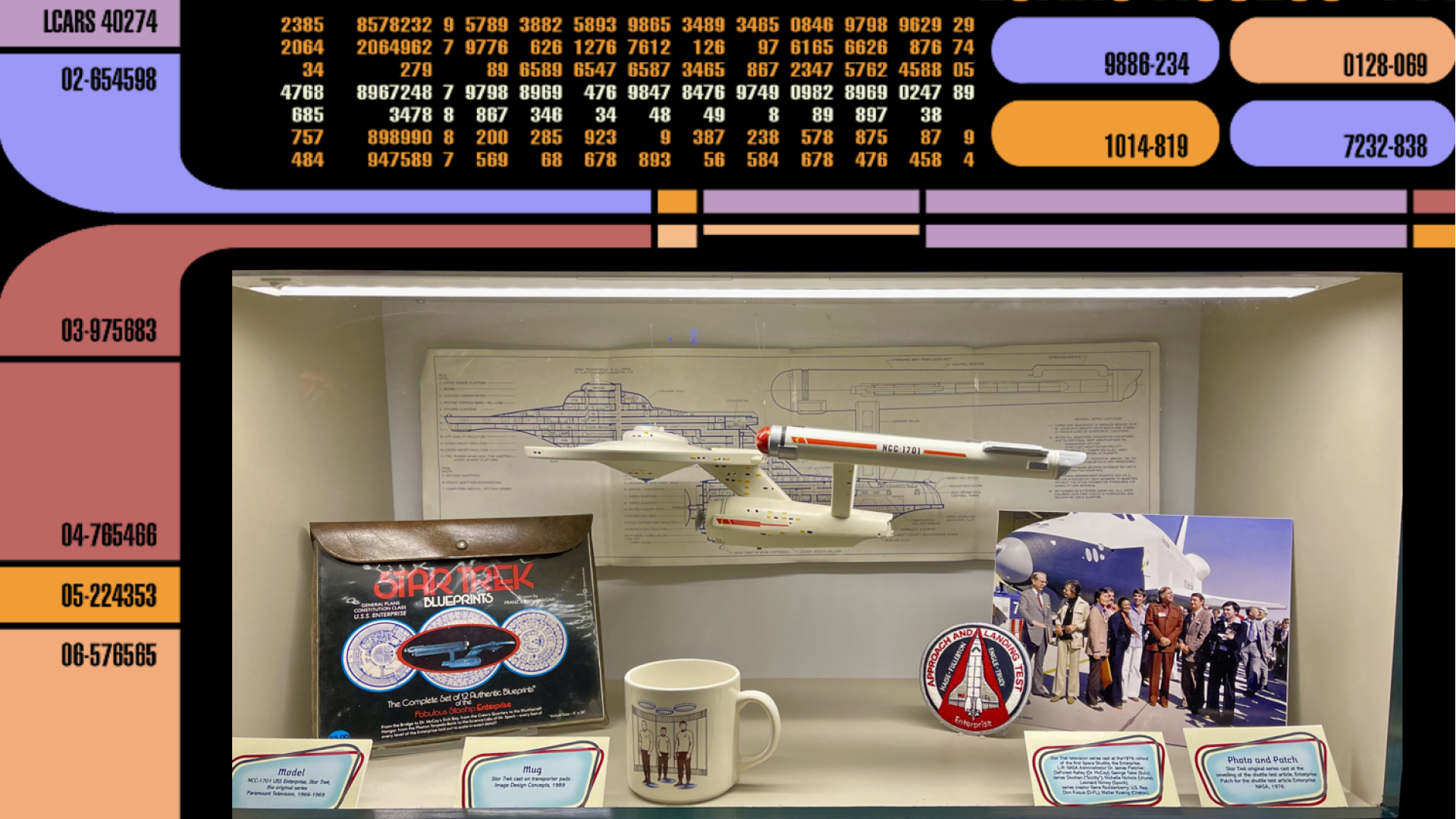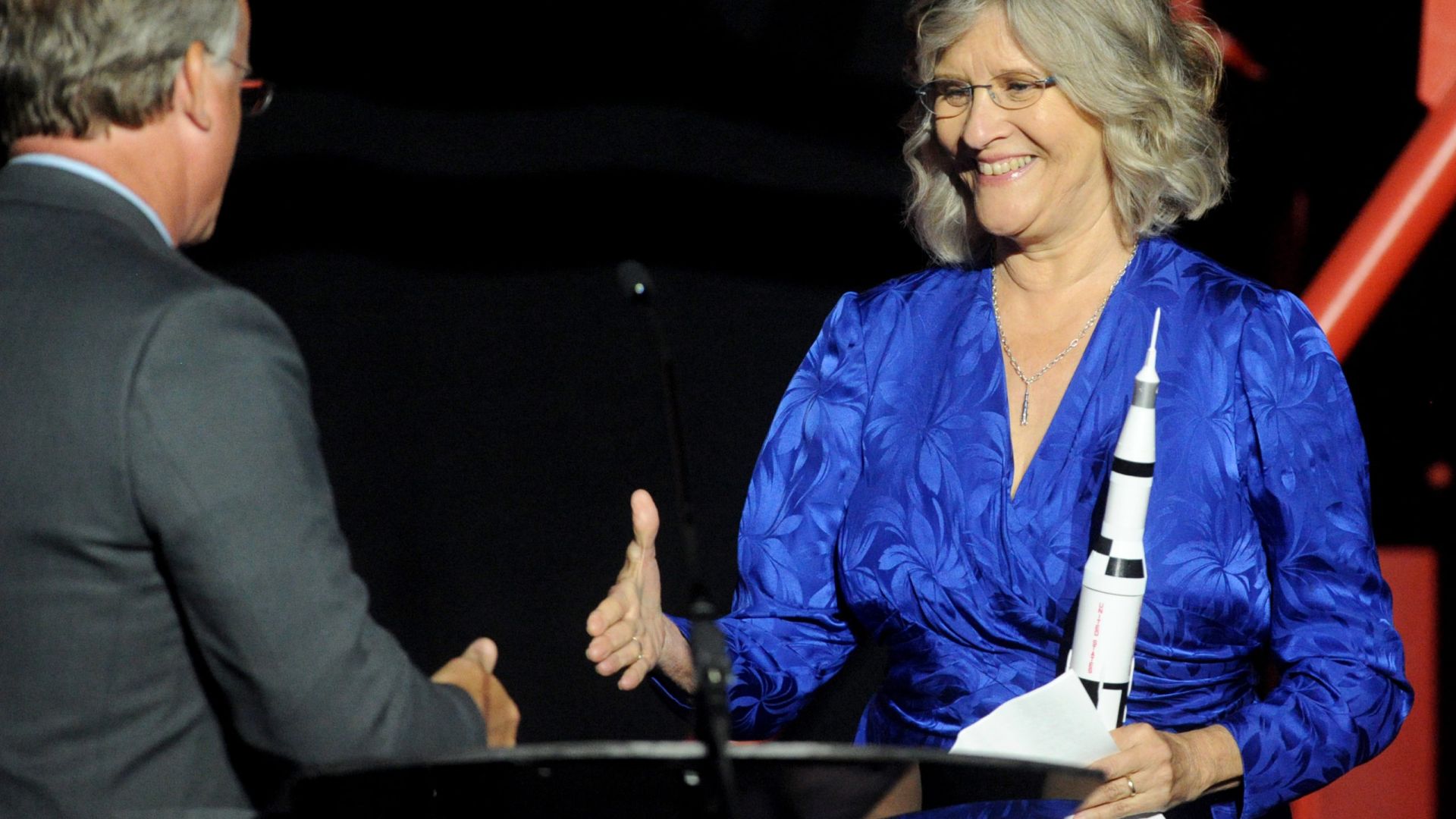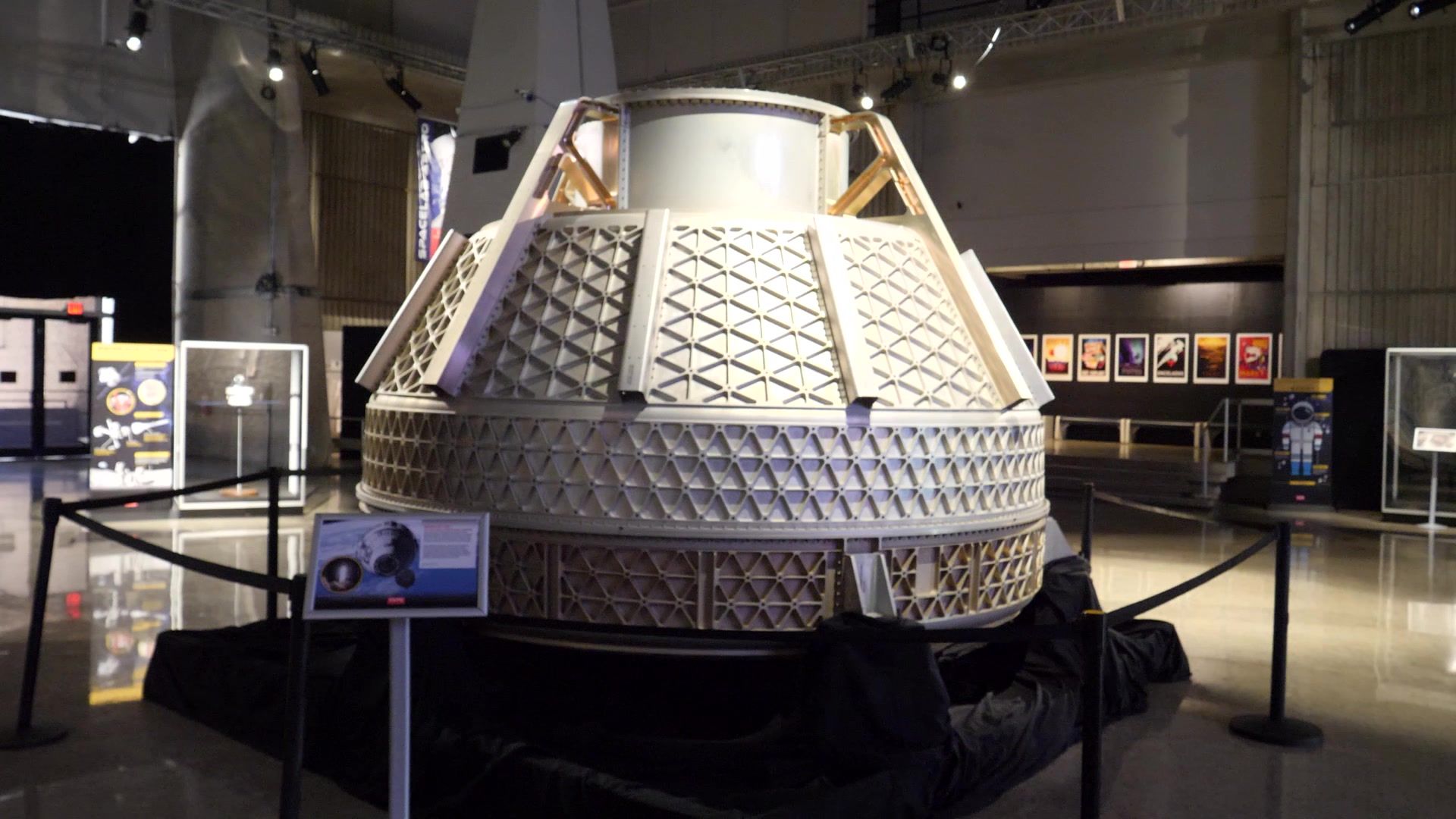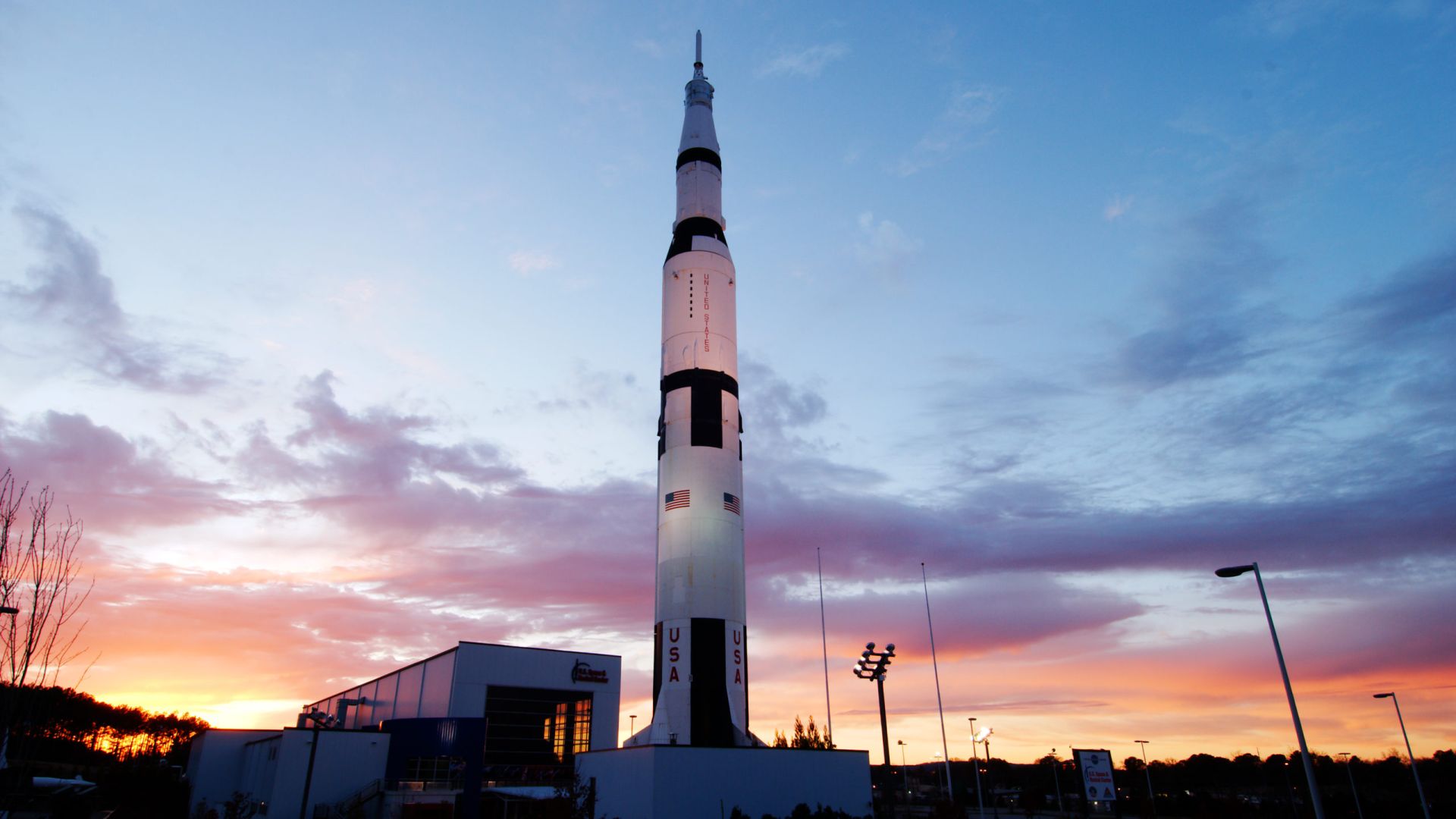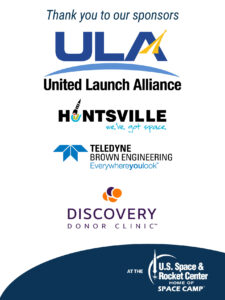Chips with a Hint of Space
Space Camp Hall-of-Famer Danny Jaques is a teacher, leader, and lover of space … but what you may know him from most is his one-of-a-kind salsa.
The creator of Danny’s Rocket Ranch Space Salsa, Jaques mixes every single bag of salsa himself, producing 250-300 bags of salsa a day by “doing it the old-fashioned way.”
“You may have heard of tennis elbow, I like to tell people that making this salsa has given me salsa shoulder,” laughed Jaques.
During his time with us on the Dare to Explore Podcast, Danny Jaques even shared a bit about what makes his Space Salsa so special – down to the tomato.
“Freeze-dried tomato, when it stays in the fridge overnight, ends up having a stronger taste and more robust flavor,” explained Jaques. “In fact, the flavor ends up being great, not just on chips, but that taste allows it to be mixed with ground beef, ground pork, and so on.”
His favorite recipe? Believe it or not, it’s one of the simplest in the world – even for a salsa that is anything but simple.
“Take a three-pound pork loin, put it in a crock-pot, and mix in a couple of bags of the Space Salsa … cover it up, and then put it on slow-cook for about five hours. At the end of the five hours, you pull the pork apart, let it absorb the liquids, and you’ve got the best pulled pork EVER. It’s just fantastic.” said the Space Salsa creator.
Learn more about Jaques and other scientists, engineers, and professionals from the space and aeronautics field by subscribing to “Dare to Explore,” the official podcast of the U.S. Space & Rocket Center Foundation. “Dare to Explore” can be found on Apple Podcasts, Spotify, and anywhere else you listen.
